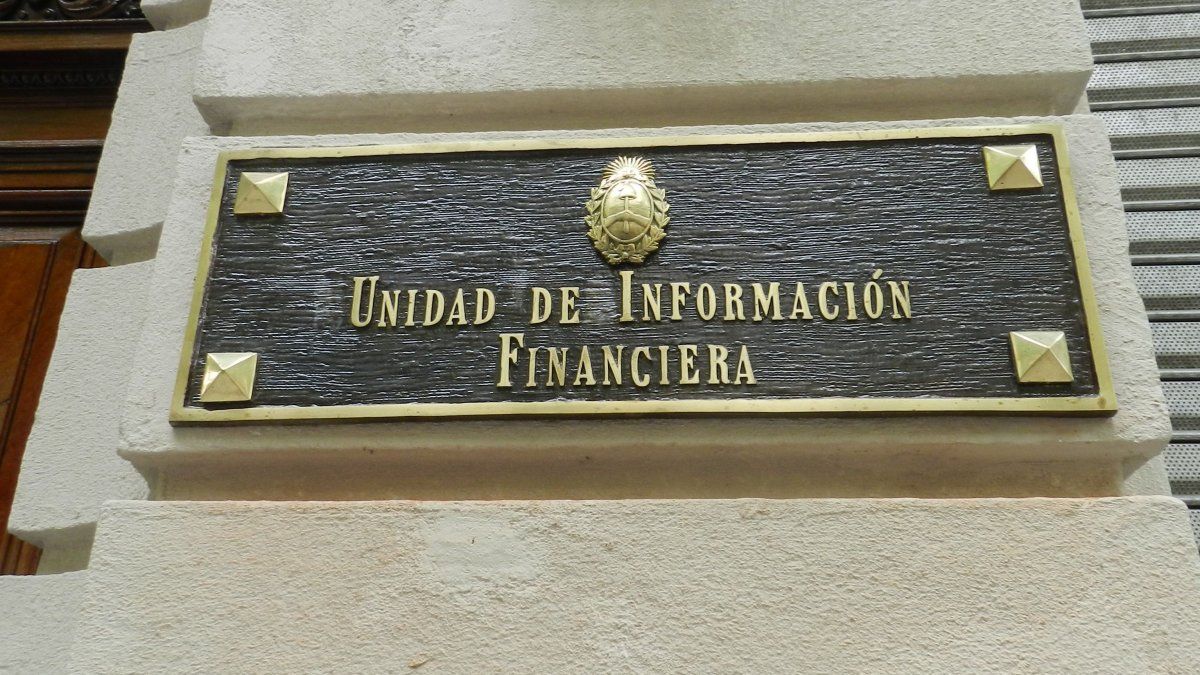Through Resolution 242/2023 of the Financial Information Unit published this Thursday in the Official bulletinthe minimum requirements were established for the identification, evaluation, monitoring, administration and mitigation of risks associated with money laundering and terrorist financing (LA/FT) by the write U.S. These subjects are obliged to adopt and apply measures in their policies, procedures and controls to prevent the use of their services for criminal purposes of money laundering and terrorist financing.
Likewise, the obligation to implement a Prevention System of ML/TF based on a risk approach. This system must contain policies, procedures and controls to effectively identify, evaluate, monitor, manage and mitigate ML/TF risks, taking into account the National Risk Assessments and other relevant documents issued by competent authorities.
The assessment of ML/TF risks must be documented and updated every two years, and the methodology associated with said risks must be reviewed every four years. In addition, risk mitigation measures are established, reinforcing actions in high-risk situations and allowing simplified measures in low-risk cases.
The detail of the standard
The Comprehensive System for the Prevention of Money Laundering and Financing of Terrorism (ML/FT) establishes a series of guidelines in its corresponding manual, providing a detailed structure for risk management and regulatory compliance of the Regulated Entities.
Said manual requires policies, procedures and controls, including additional measures decided by the Obligated Subject, in accordance with article 7. In addition, its review is required every two years, keeping it updated and accessible for employees and collaborators.
Annual training on ML/TF prevention is mandatory for Reported Subjects and their staff, addressing topics such as ML/TF crimes, national and international regulations, prevention policies and techniques for detecting suspicious operations.
It is emphasized the preservation of documentation for at least ten yearsprotecting information from unauthorized access, ensuring the reconstruction of individual operations for possible investigations.
The Identification, Verification and Knowledge of the Client and the Final Beneficiary Policy is crucial, since it establishes detailed rules to identify natural persons, legal entities and other types of clients, as well as risk segmentation and levels of due diligence based on them.
The Simplified Due Diligence It is applied to low-risk clients, while Medium and Enhanced are used for medium and high risks, respectively. Specific rules must be followed for each category, obtaining documentation and performing continuous follow-upsespecially with Regular Customers.
Furthermore, sand detail rules for operations with cash, establishing the need to adequately record and document transactions involving cash.
The Comprehensive System for the Prevention of Money Laundering and Financing of Terrorism establishes a rigorous framework for Obligated Subjects, ensuring solid measures to prevent and mitigate ML/TF risks, complying with national and international standards in this matter.
Source: Ambito




